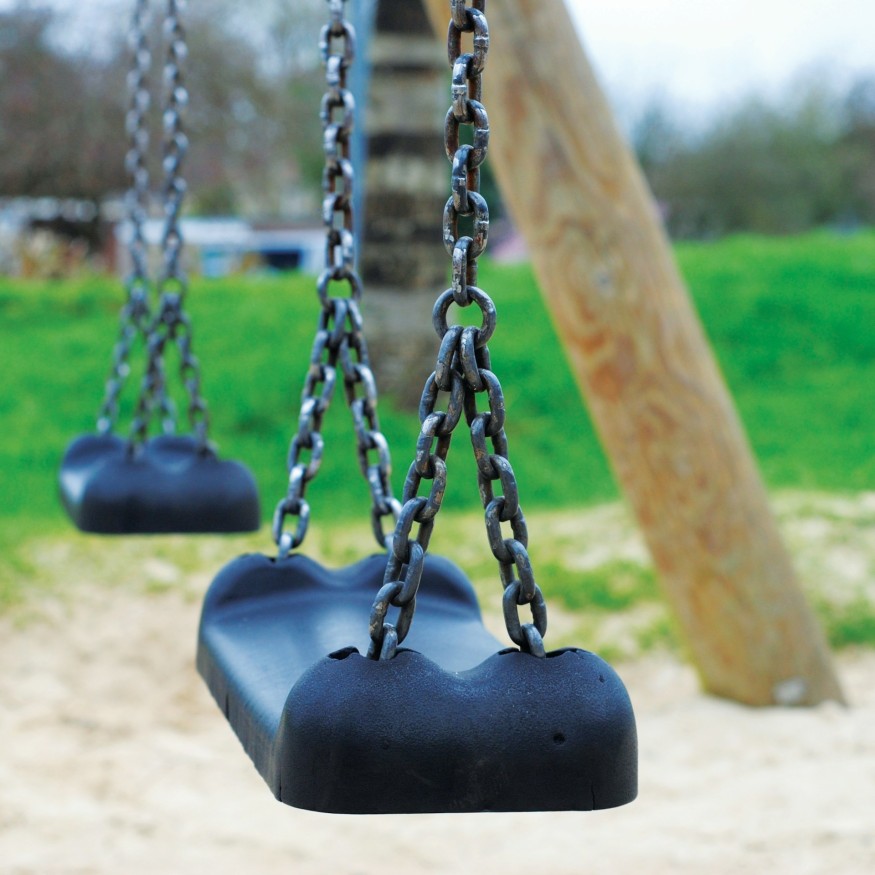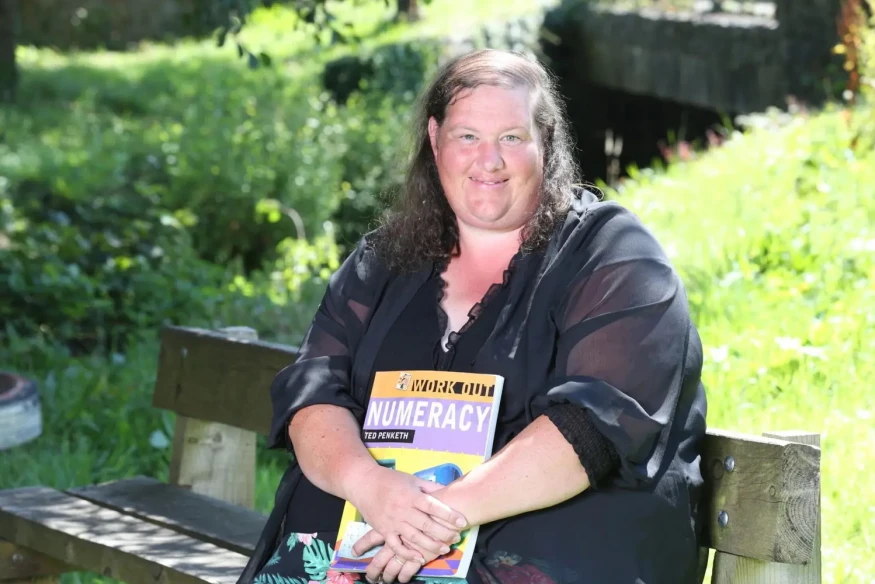
October 17, 2024 - 974 views
Physical activity among secondary school pupils in Wales has increased, reversing a decline that started in 2017.
It is now comparable to pre-pandemic levels, according to new data on pupils in Wales from the results of the Schools Health Research Network (SHRN) health and well-being survey released today.
The Wales-focused SHRN survey is one of the biggest surveys of school pupils in the UK. Every two years it asks questions on a range of topics including mental well-being, substance use and school life. The latest survey was completed by nearly 130,000 learners in years 7 to 11, within 200 maintained secondary schools across Wales.
SHRN is a collaboration between Public Health Wales, Cardiff University and Welsh Government. The results are included as part of a new update to the Secondary School Children’s Health and Well-being Dashboard, an easy-to-use tool which enables users like schools, government and local authorities to look at figures from SHRN surveys over time.
The dashboard allows users to explore the data by different regions, ages, gender and family affluence, providing an opportunity to identify trends for adolescents in Wales.
Nearly a quarter of boys (23 per cent) met the Chief Medical Officers’ national guideline of at least 60 minutes of physical activity every day, an increase from 21 per cent in 2019 and 2021. Among girls, 14 per cent met the current guidelines, which although low, has improved from 12 per cent in 2021.
The survey also looked at young people’s experiences of bullying. Almost 38 per cent of young people said that they had been bullied in the previous couple of months, up from 32 percent in 2021. Results are higher than ever previously reported in the survey with more than 40 per cent of girls being bullied compared to over 30 per cent of boys.
The figures also revealed a significant difference between the oldest and youngest pupils, as almost one in four 11 year olds (23 per cent) met physical activity guidelines compared to less than one in eight 16 year olds (13 per cent).
Particular attention therefore needs to be given to encouraging more physical activity among young people (especially girls) as they progress through their teenage years.
Results for students exercising outside of school, also increased. However, there was a significant difference in results by family affluence; almost half (45 per cent) of children from more well-off families exercised vigorously outside of school four times a week compared to just a third of children (32 per cent) from poorer families.
There has been a decrease in the number of young people who can count on their friends for support when things go wrong. Just 60 per cent of young people in the survey said that they were able to count on their friends, a year on year decrease from 67 per cent in 2017. This trend is particularly apparent in the older age groups, and among boys.
Lorna Bennett, Consultant in Health Improvement for Public Health Wales said: “It is really encouraging to see the increase across the board in physical activity in secondary school aged young people. We know that physical activity has significant benefits for both physical and mental health, so it’s great to see that young people are reversing the decline that we’ve seen since 2017. The data show that young people are more active both in and outside school, which is pleasing to see.
“However, although the increase in physical activity and exercise rates is welcome, it is clear that the number of young people meeting the guidelines for physical activity remains low, and it is important that we continue working to ensure that physical activity becomes part of the lives of more young people in Wales.
“Public Health Wales are working with national partners, including Welsh Government, Sport Wales, and Natural Resources Wales, to develop the Daily Active Whole School Approach to Physical Activity. This aims to improve opportunities for physical activity in and around the school day, with a focus on areas such as active lessons, developing PE and active travel.
“In addition, it is concerning to see a deprivation gap between the most and least affluent areas, and we would hope to see this narrowed in future surveys.”
“It is alarming that the rates of bullying are increasing in all groups and both in face-to-face bullying and in cyberbullying. It’s clear that a significant group of young people are having to deal with being bullied, which we know can have impacts on mental health.
“Public Health Wales is working with schools in Wales to embed the Whole School Approach to Emotional and Mental Well-being, which is designed to help schools support the mental health and well-being of children and young people, including preventing and tackling bullying”.









